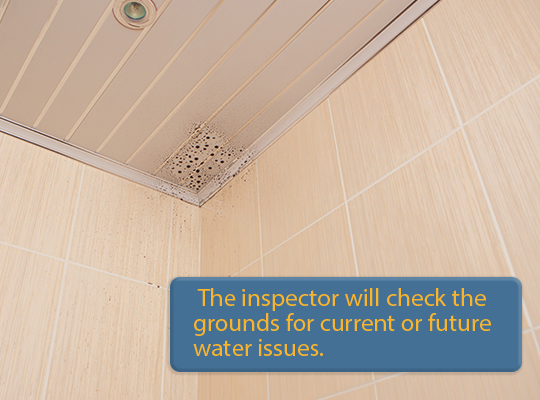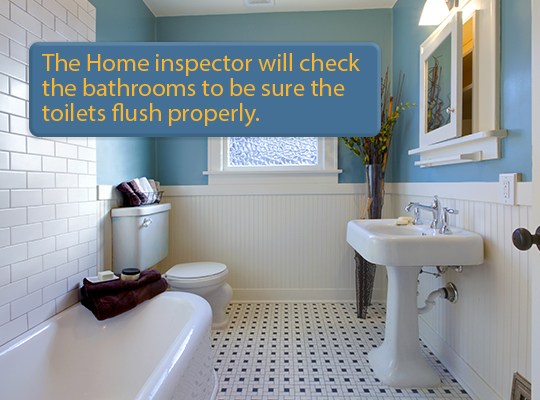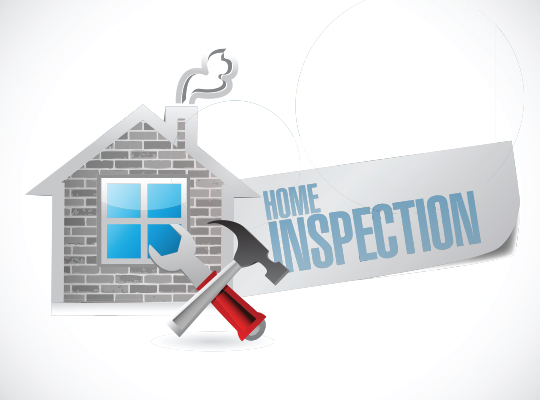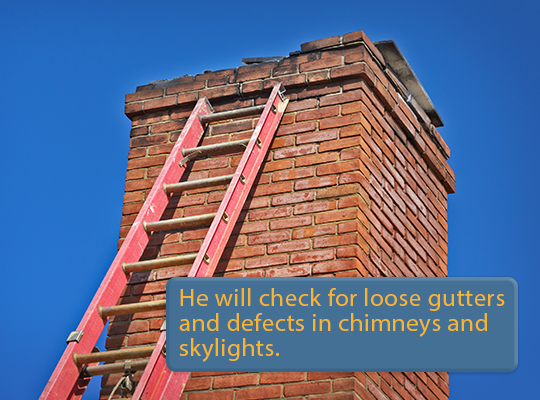What Home Inspectors Cover During Home Inspection
An offer has been made and accepted on the new home you are interested in. Now it’s time to hire a professional inspector from HomeMD. Certified home inspectors cover the whole house for major flaws. The house may look like it’s in good condition, but there could be hidden major damage that needs to be repaired. If you have a home inspection contingency in your offer, you can renegotiate with the seller to fix certain problems or to lower the price. You can also walk away from the deal without losing your deposit, if the damage is major.
Learn more about what Home MD Inspections cover

What does a Home Inspector Look For?
A home inspector uses a checklist of potential problems to look for in the home. Some of the main areas of interest are:
- Grounds
- Structure
- Roof
- Exterior
- Window, doors, trim
- Interior Rooms
- Kitchen
- Bathroom
- Plumbing
- Electrical
A professional home inspector will thoroughly cover all of these areas for problems. The inspector will check the grounds for current or future water issues. They will check for faulty grading or downspouts and evaluate pathways, retaining walls, sheds, and railings.
The Home Inspector will check the structure’s foundation to be sure it is solid. If you are buying an older home, you will want to know if the window and door frames are squared and the home is stable.
On the roof, the home inspector will look for defects in shingles, flashing, and fascia. He will check for loose gutters and defects in chimneys and skylights. Problems in these areas could cause leaks.
Read reviews about HomeMD home inspections
The exterior of the home is checked for
- Siding cracks
- Rot or Decay
- Cracking or Flaking Masonry
- Cracks in Stucco
- Dents of Bowing in Vinyl
- Blistering or Flaking Paint
- Adequate clearing between siding and earth (a minimum of 6”)
For energy efficiency, the windows and doors need to be in good working condition. The home inspector will check for damaged glass, frames that are secure and free from rot, and that caulking is solid.
On the interior of the home, leaning walls could indicate faulty framing. Stained ceilings could point to water problems. Insufficient heating vents and insulation could make a room cold and drafty. The home inspector will be checking for these things.
In the kitchen, the home inspector will make sure the range hood fans vent to the outside. They will check that the ground fault circuit interrupter (GFCI) protection exists for all electrical outlets within 6 feet of the sink. The inspector will look for leaks under the sink and check the cabinet doors and drawers.
The Home inspector will check the bathrooms to be sure the toilets flush properly and the drains are draining. He will check the shower and be sure the tubs are fastened securely.
The home inspector will check all of the plumbing in the home. He will evaluate the pipes, drains, water heater, and water pressure and temperature.
The home inspector will also check all of the electrical systems for faults. He will make sure the visible wiring and electrical panels are in good shape. The light switches will be tested and he will note if there are enough outlets in each room.

How You Can Help the Inspector
Before the home inspection, let your home inspector know of any concerns you have about the property. If the seller has disclosed any damage, the inspector needs to know. Your home inspector will give these areas of concern special attention.
You should plan on accompanying the inspector during his rounds of the home. This will help you to understand the different systems and any potential problems. The inspector will show you the electrical panels and water shut-off valves. This can be valuable information both before you buy and after the purchase.
Schedule a Home Inspection Now


